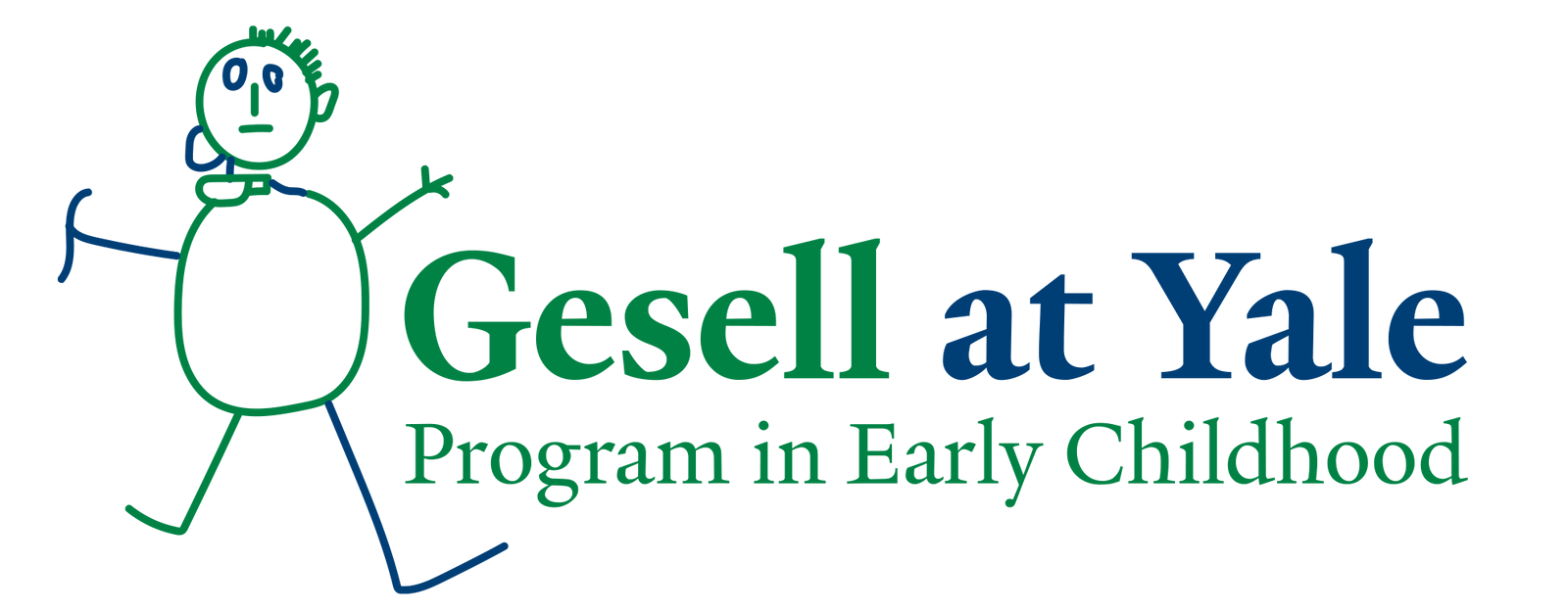GES FAQ
The GDO-R is an in-depth, multi-dimensional child assessment. Its purpose is to help educators, parents and other professionals understand the characteristics of child behavior in relation to typical growth patterns. The GDO-R provides a Developmental Age based on in-depth interpretation of the developmental items as well as strand scoring. The GES is based on selected GDO-R items, provides a “quick look” at the child and is intended for use with 3-6-year-olds. It has fewer items than the GDO-R, takes less time, is scored objectively and results in a simple, three-tiered scoring rubric. No Developmental Age is provided. The GES also flags if further testing (i.e. the GDO-R) is necessary.

Based on the national 2010 technical data sample, the simple scoring rubric for the GES generates one of three levels for the child. Children scoring in one tier have responses that are essentially normative for their age level for their age level, indicating no concerns about development at the time of the screening. Scores in a second tier indicate a pattern of non-ideal responses relative to the child’s age level that prompts mild concern. A child scoring at this tier may need more attention or more individualized instruction, and it would be appropriate to watch the child more closely and retest. Children who score at the third tier exhibit responses that deviate well below the average for their age level and may benefit from an in-depth assessment and observation.
The GES kit meets evaluation requirements for both Head Start (§ 1304.20) and Section 614 of IDEA (Individuals with Disabilities Education Act). Namely, the system meets the following guidelines:
- In collaboration with each child’s parent…obtain linguistically and age appropriate screening procedures to identify concerns regarding a child’s developmental, sensory (visual and auditory), behavioral, motor, language, social, cognitive, perceptual, and emotional skills
- Screening procedures are sensitive to the child’s cultural background
- (Assessment system) utilizes multiple sources of information on all aspects of each child’s development and behavior, including input from family members, teachers, and other relevant staff who are familiar with the child’s typical behavior
- Use technically sound instruments that may assess the relative contribution of cognitive and behavioral factors, in addition to physical or developmental factors.
